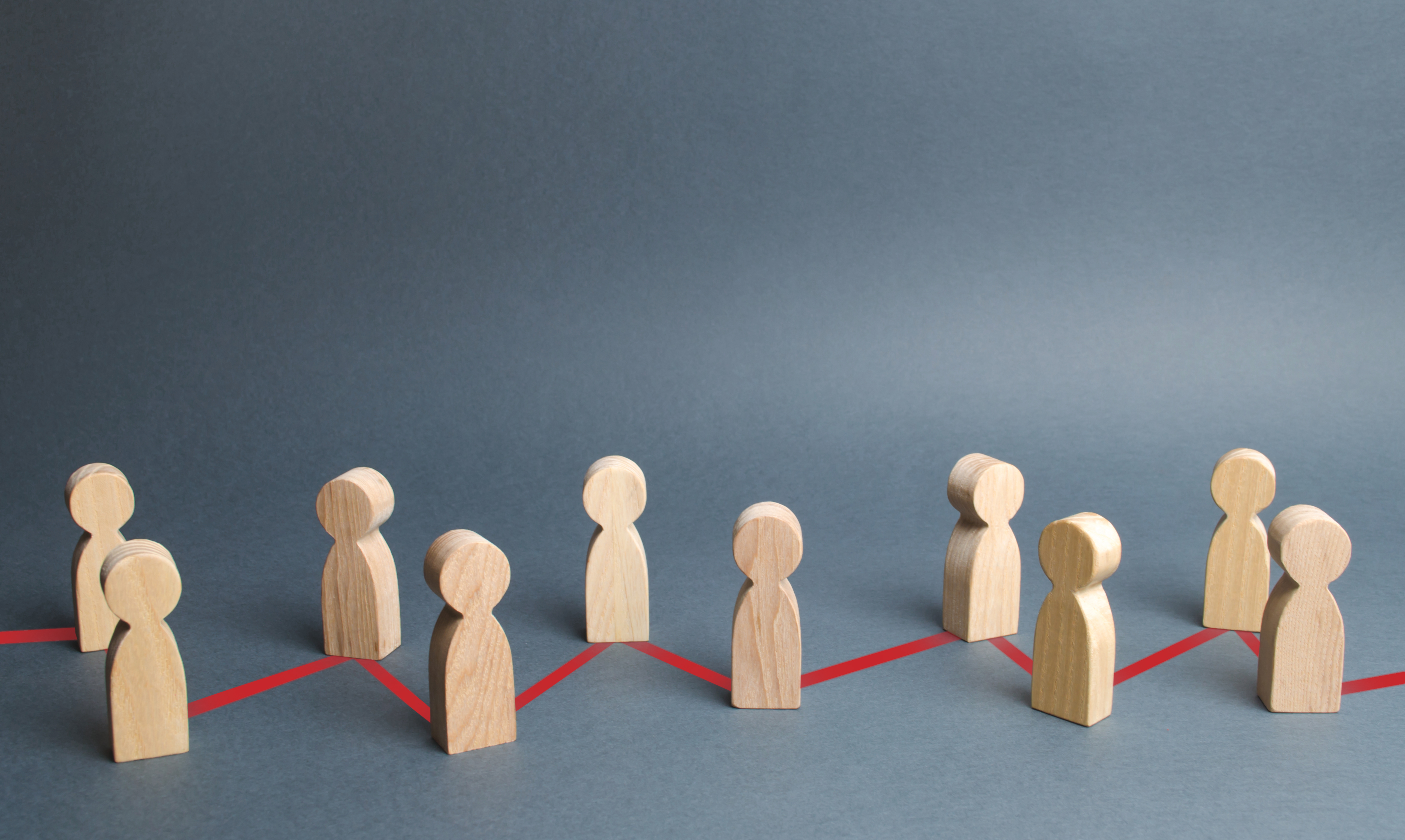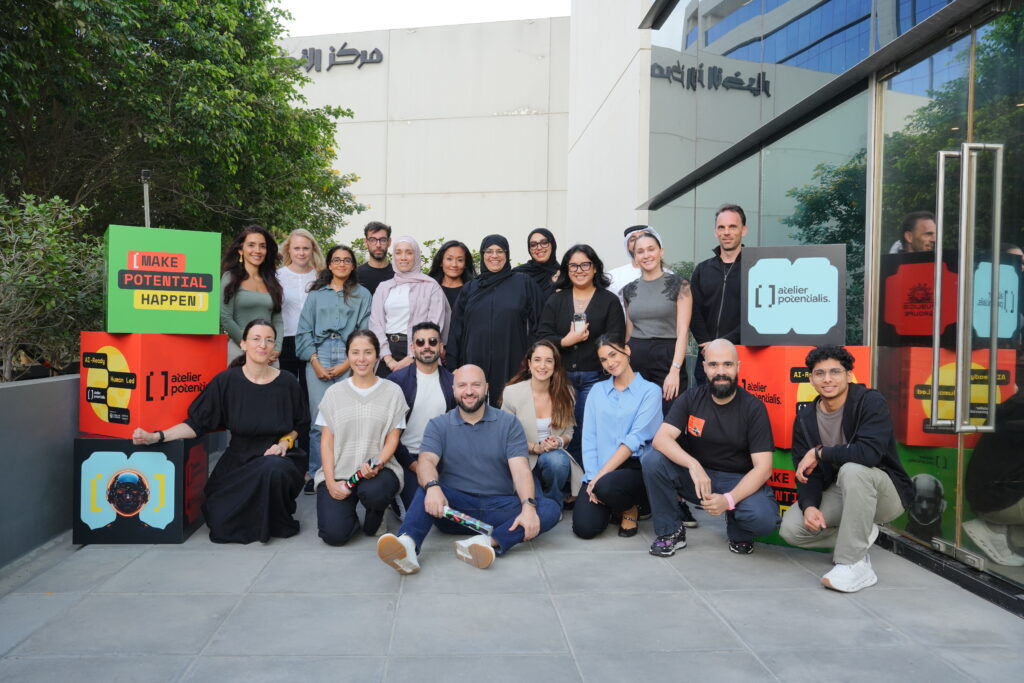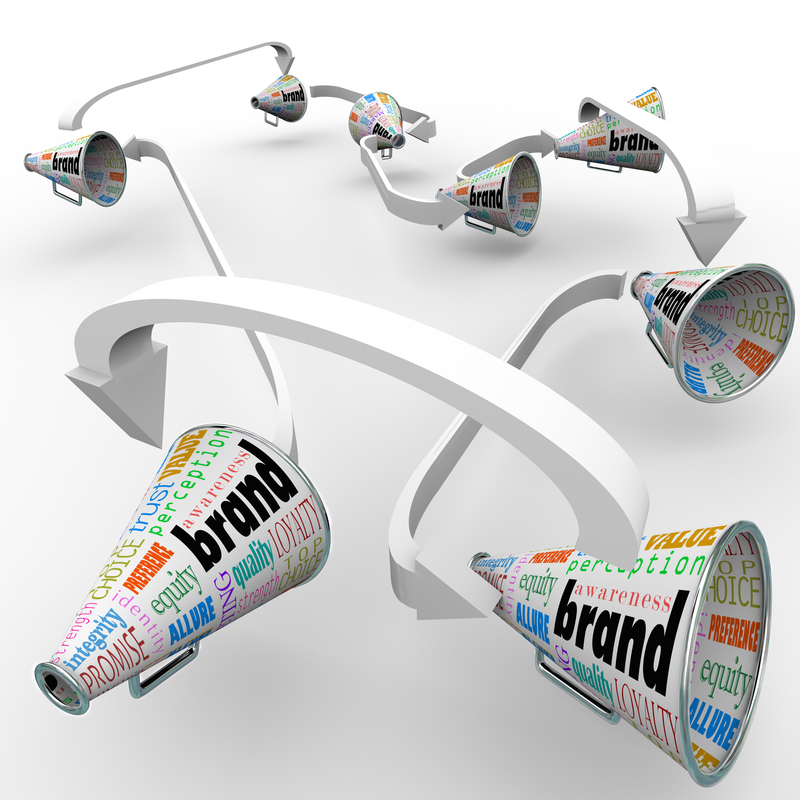
Imagine it is the first day of 2020. Things are normal. We can meet face to face. Travel is possible. Daily essentials are easy to buy. But things have changed. Covid-19 has forever altered the experience of being a customer, an employee, a citizen and a human. And with this have come new-fangled connections.
We are witnessing massive behaviour change at a scale and speed that we’ve never seen before, sparked by fear, preached by social media, encouraged by decision-makers. Already clear is that many users yet to fully adopt digital are now having to. Covid-19 is the catalyst, permanently shifting the laggards online and, having made the investment in effort and learned new habits and interfaces, many will not go back.
With this comes a “new world order” for society at large and one can extrapolate clear shifts in patterns and themes, including that of personal versus public media. Since the inception of Facebook in 2004 – an iconic moment defining social media – media channels have been distinguishable as either personal or public media. Personal media is consumed in private, often on a screen and increasingly through an on-demand, time-shifted schedule. Public media has traditionally been broadcast, scheduled by the supplier and designed to be consumed in communion, as a group or a large audience where the act of consumption generates a sense of shared meaning.
But since the lockdown began, the idea that the whole world is now “alone together” has blurred the lines between personal and public, private, and communal media. In recent times, social media has been accused of driving more people apart than bringing them together, while linear, broadcast media has seen consumption drop in favor of personal, on-demand content. The Covid-19 crisis has, at least temporarily, altered how we consume media and blurred the role of platforms and channels in our lives.
Personal, on-demand media is being consumed as a collective through extensions like Houseparty and Netflix Party. Furthermore, live music is becoming a more personal experience with the streaming of iconic sets on YouTube, and bedroom DJ performances on Boiler Room. Social platforms are also being used to receive one-to-one, official World Health Organisation (WHO) information. Once dying news media has been revived as a mass live tune-in moment with broadcast media connecting people in ways only social was supposed to.
Out-of-home social experiences like gallery and museum visits are entering private homes through Google Arts virtual tours. Channels and platforms like Rave and Zoom, that once belonged to niche communities, are increasingly prominent parts of our lives.
If Covid-19 is inverting our conventional use of media and reviving old media in new ways, it is effectively fostering a new kind of social media. Social media platforms have spectacularly failed to make society more connected. But this pandemic appears to have accelerated the adoption of new behaviours that are social in experience rather than in name only.





